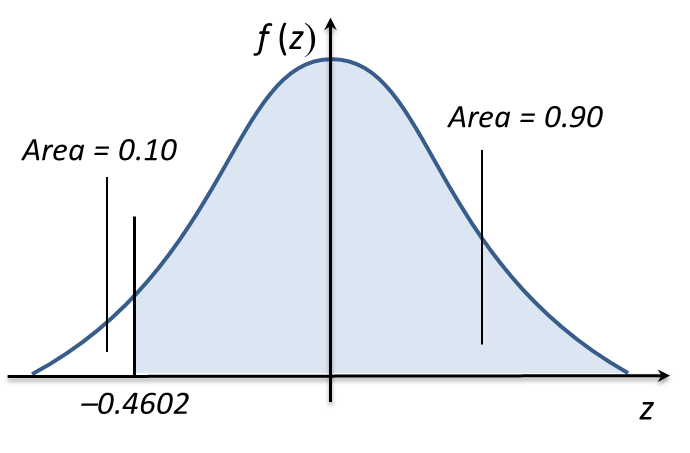Question 14:
The area of a rectangular public parking area is 7.2 km2 . Its width is 2400 m. The length, in m, of the parking area is
Solution:
The area of a rectangular public parking area is 7.2 km2 . Its width is 2400 m. The length, in m, of the parking area is
Solution:
Question 15:
It is given that 30 solid metal cylinders each with a radius of 70 cm and a height of 300 cm, are melted to make 40 identical solid spheres.
Find the volume, in cm3 , of each solid sphere.
Solution:
It is given that 30 solid metal cylinders each with a radius of 70 cm and a height of 300 cm, are melted to make 40 identical solid spheres.
Find the volume, in cm3 , of each solid sphere.
Solution:









